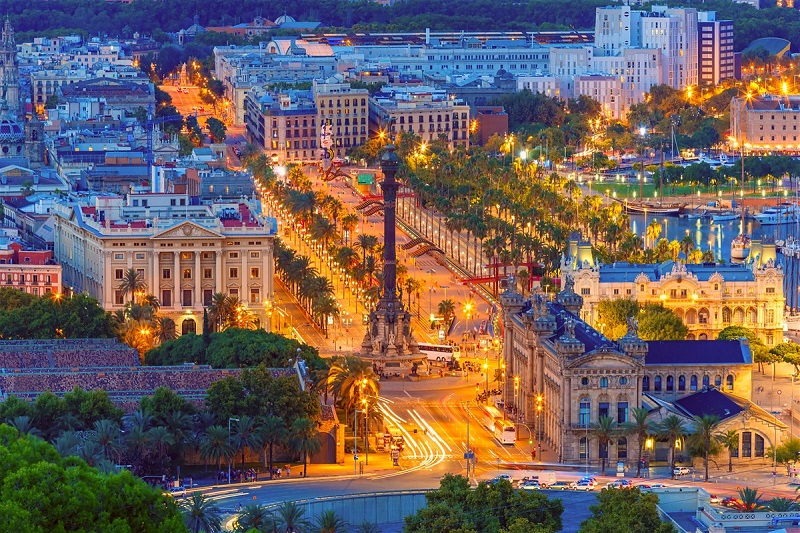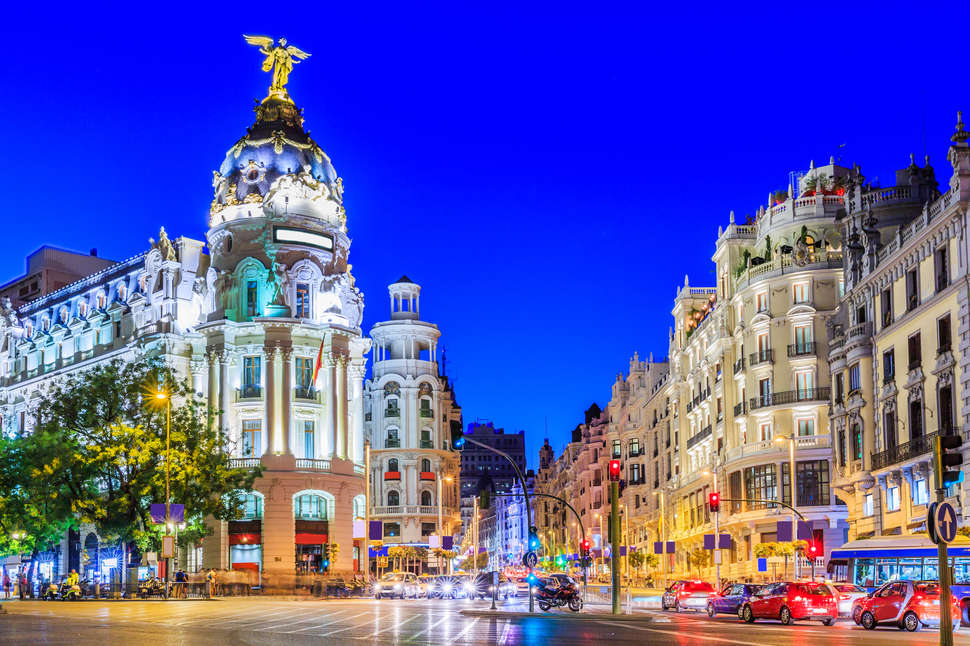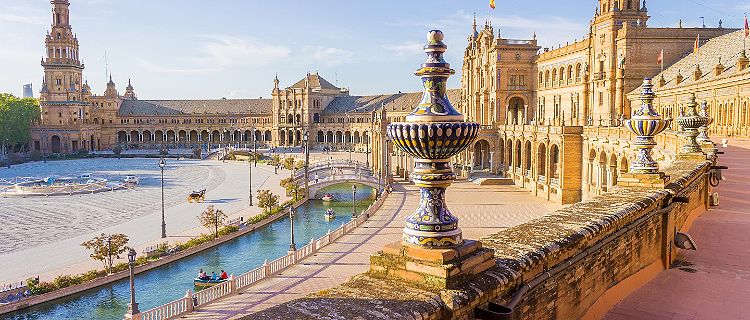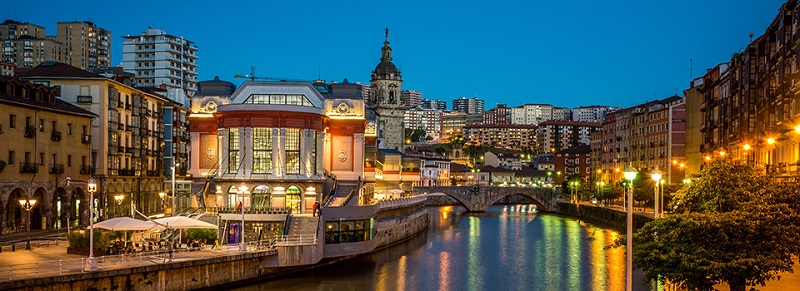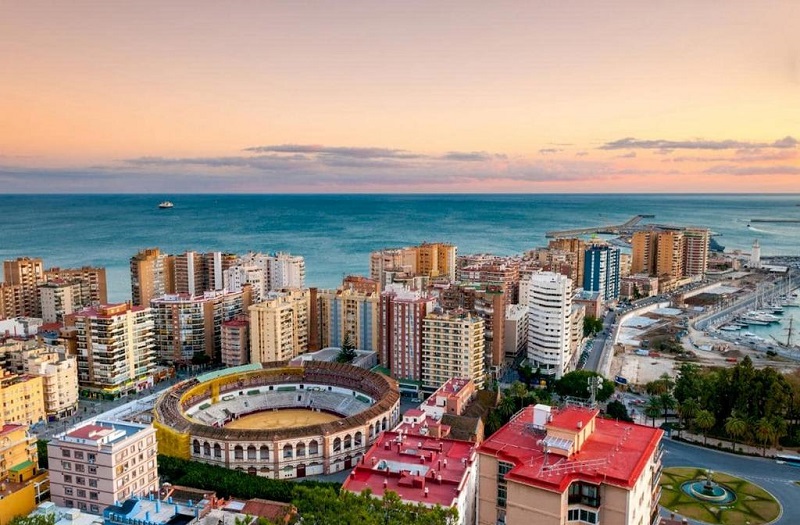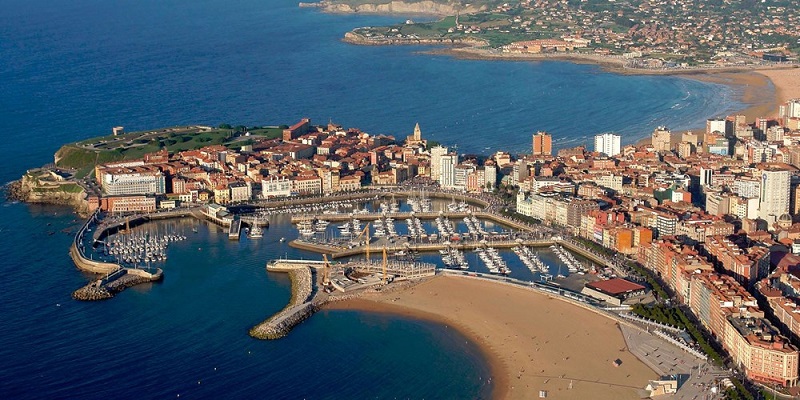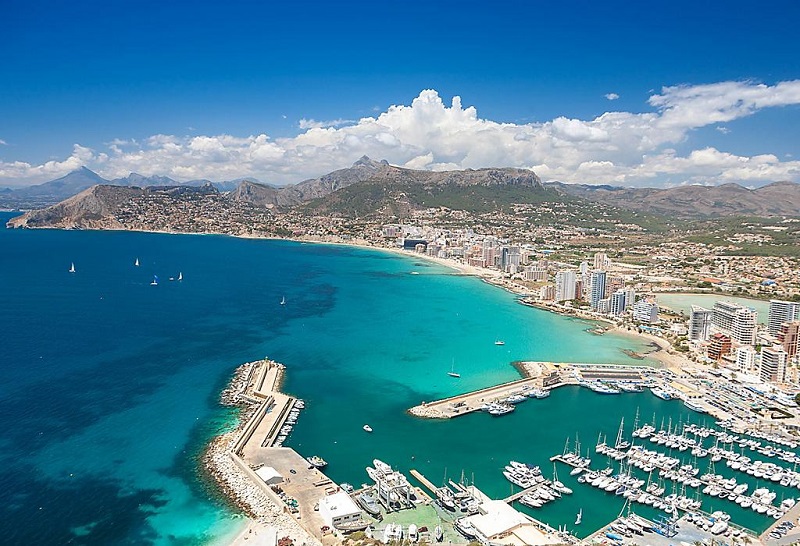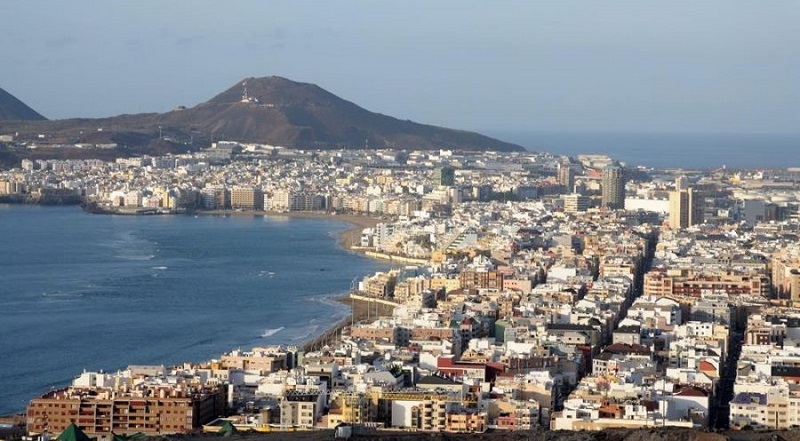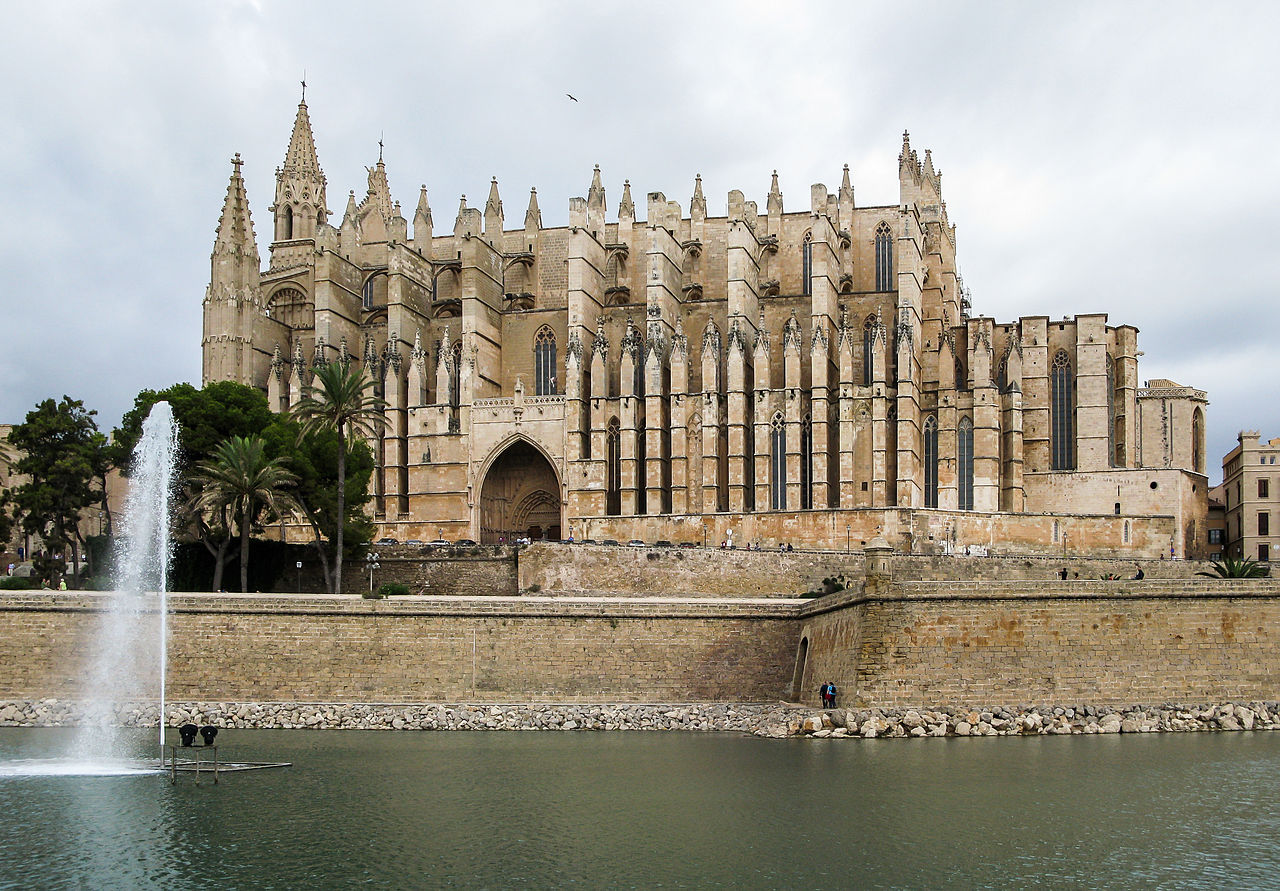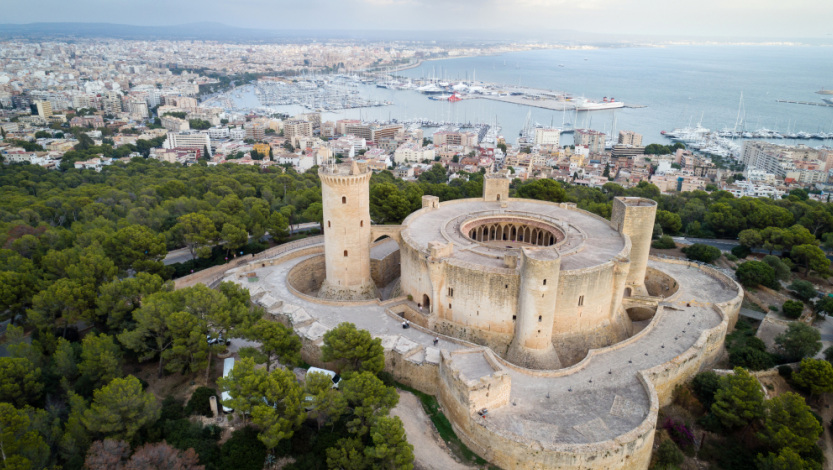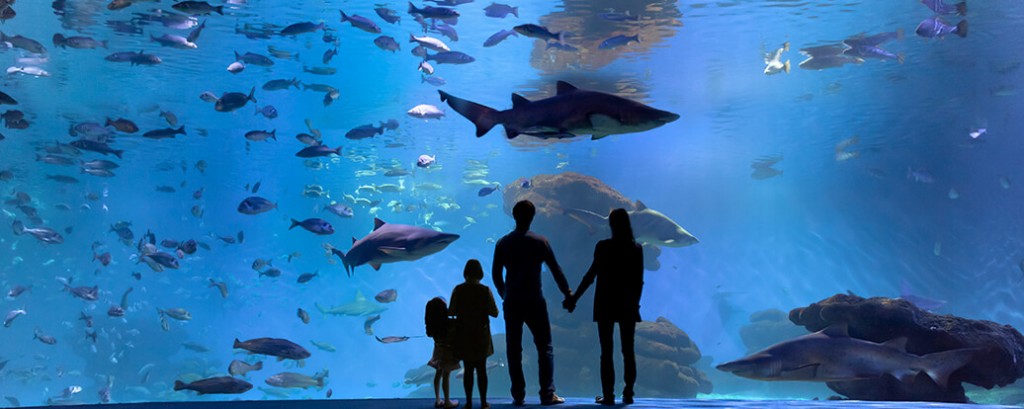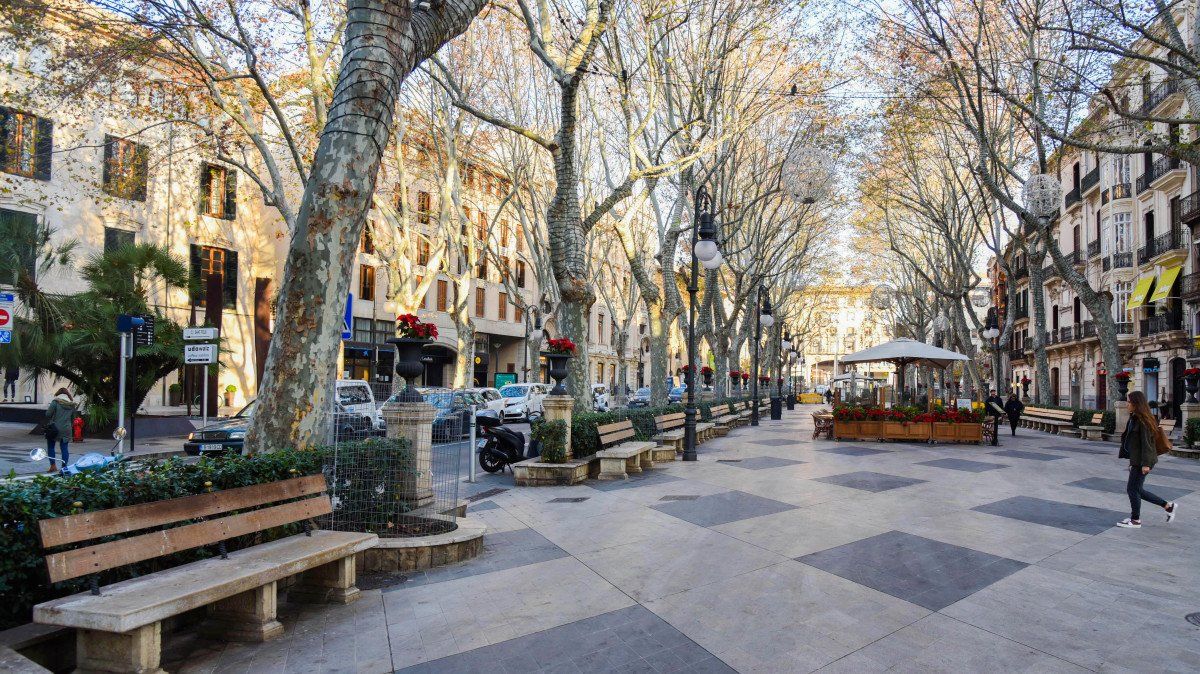Palma, formerly Palma de Mallorca (Catalan: Palmə, Spanish: Palma), is the capital and largest city of the autonomous community of the Balearic Islands in Spain. It is situated on the south coast of Mallorca on the Bay of Palma. The Cabrera Archipelago, though widely separated from Palma proper, is administratively considered part of the municipality. Palma is a resort city and capital of the Spanish island of Mallorca (Majorca), in the western Mediterranean. The massive Santa María cathedral, a Gothic landmark begun in the 13th century, overlooks the Bay of Palma. The adjacent Almudaina is a Moorish-style Arab fortress converted to a royal residence. West of the city, hilltop Bellver Castle is a medieval fortress with a distinctive circular shape.
| Spain VIP services |
|---|
Welcome to Mallorca
|
![]()
![]()
![]()
![]()
| Start Site | Spain jet charters | Spain helicopter services | Spain yacht charter | Spain luxury cars rental |
|---|
Welcome to Mallorca
Mallorca (Catalan: Eivissa) is a Spanish island in the Mediterranean Sea off the eastern coast of Spain. It is 150 kilometres (93 miles) from the city of
Valencia. It is the third largest of the
Balearic Islands (Ibiza,
Mallorca, Menorca and Formentera are the largest islands),
an autonomous community of Spain. Its largest settlements are Mallorca Town (Catalan: Vila d'Eivissa, or simply Vila), Santa Eulària des Riu, and
Sant Antoni de Portmany. Its highest point, called Sa Talaiassa (or Sa Talaia), is 475 metres above sea level. Mallorca has become well known for
its association with nightlife, electronic dance music, and for the summer club scene, all of which attract large numbers of tourists drawn
to that type of holiday. Mallorca is a UNESCO World Heritage Site. Mallorca and the nearby island of Formentera to its south are called the Pine Islands, or "Pityuses".
Mallorca is considered to be a popular tourist destination, especially due to its well-known and at times riotous nightclub-based nightlife centred on two areas: Mallorca Town, the island's capital on the southern shore and Sant Antoni to the West. The season traditionally begins at the start of June with Space and DC10's opening parties and finishes on the first weekend of October with the closing parties. A typical schedule for clubbers going to Mallorca includes waking at noon, early evening naps, late night clubbing, and "disco sunrises." Due to Mallorca's notable tolerance toward misbehavior from young adult tourists, it has acquired the sobriquet "Gomorrah of the Med." Also well-known is Café del Mar, a long-standing bar where many tourists traditionally view the sunset made famous by José Padilla, who has released more than a dozen eponymous album compilations of ambient music played at the location. That and other bars nearby have become an increasingly popular venue for club pre-parties after sunset, hosting popular DJ performers, such as Patrick Topping, Carl Cox, Green Velvet, Jozeff and many more international artists.
The island's government is trying to encourage a more cultured and quieter tourism scene, passing rules including the closing of all nightclubs by 6 a.m. at the latest and requiring all new hotels to be 5-star. The administration wants to attract a more international mixture of tourists.
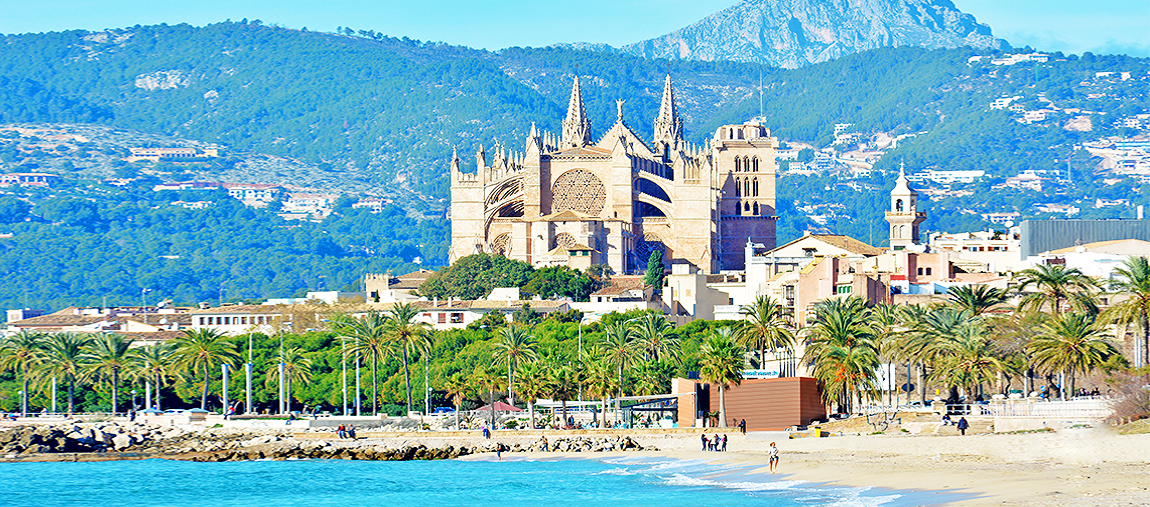
Mallorca
Tourism in Mallorca
No visit to Spain is complete without a visit to the island of Mallorca; Palma is a stunner. Rising in honey-coloured stone from the broad waters of the Badia de Palma, this enduring city dates back to the 13th-century Christian reconquest of the island, and to the Moors, Romans and Talayotic people before that. A richly studded diadem of historical sites, Palma also shelters a seemingly endless array of galleries, restaurants, craft studios and bars – it's without doubt Mallorca's greatest treasure. Wander in any direction from the awe-inspiring Gothic Catedral at its geographic and historical heart and you'll find bent medieval streets lined with aristocratic townhouses, looming baroque churches, teeming public squares, vibrant bohemian neighbourhoods and markets overflowing with all the bounty of the island. You could spend weeks in this city alone, and still uncover fresh joys every day.

Mallorca VIP services
travel with pleasureMallorca, Balearic Islands 07818, Spain
ALL OVER Spain VIP services

E-mail: contact@vip-charter-service.com ; Telephone 24/7:+389 72 788 267; Mallorca airport
Best price range for Best VIP services offers a variety of services in Mallorca:
-
Mallorca luxury car rental services
-
Mallorca luxury rent a car: Personalized one-on-one instruction on your vehicle’s features by our trained staff.
-
Mallorca luxury cars hire categories of new vehicles equipped with the latest technology.
-
Mallorca luxury cars rental: 24/7 Roadside Assistance (towing, lockouts, jump-starts, and fuel-delivery)
-
-
Mallorca private jet charters hire services
-
Our priority is your contentment: Fast and friendly customer service is our highest priority.
-
Once you reserve your Mallorca private jet charter flight, we handle all ground transportation at your destination.
-
Empty Legs Mallorca: negotiable prices based on airplane flexibility, savings of up to 75% on standard jet charter prices.
-
-
Mallorca helicopter charter services
-
Mallorca helicopter charter prices are unbeatable because many of the services we offer are FREE of CHARGE.
-
Mallorca helicopter charter flights, business flights to hire all over Spain.
-
Mallorca luxury helicopter charter, with 100% privacy. Mallorca VIP helicopter services!
-
| Site Map | Terms & Conditions | Policy | Partner Links | W3C | Spain |
|---|

| Mallorca VIP services |
|---|
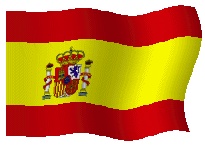
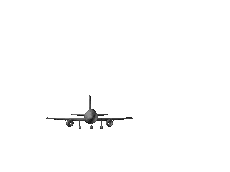
Mallorca private jet charter

Mallorca helicopter services
Mallorca yacht charter

Mallorca luxury cars rental
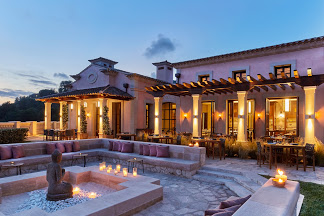 Palma de Mallorca Hotel Park Hyatt |
|---|
